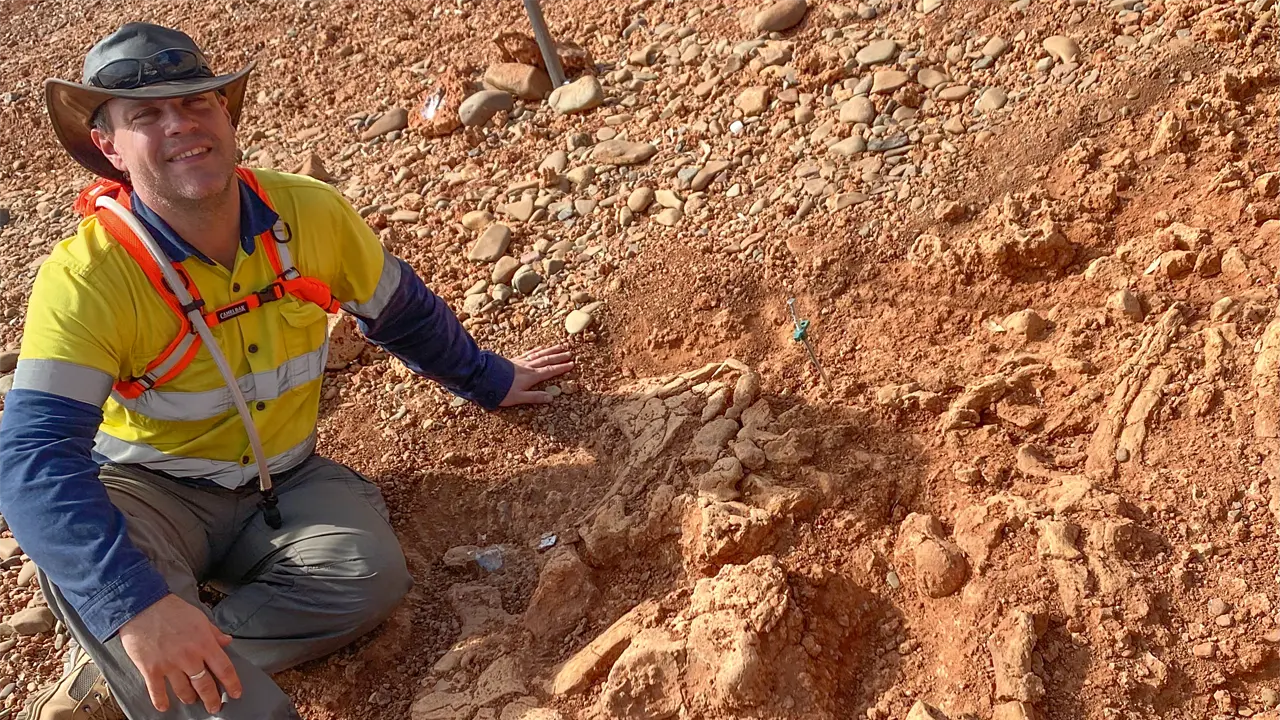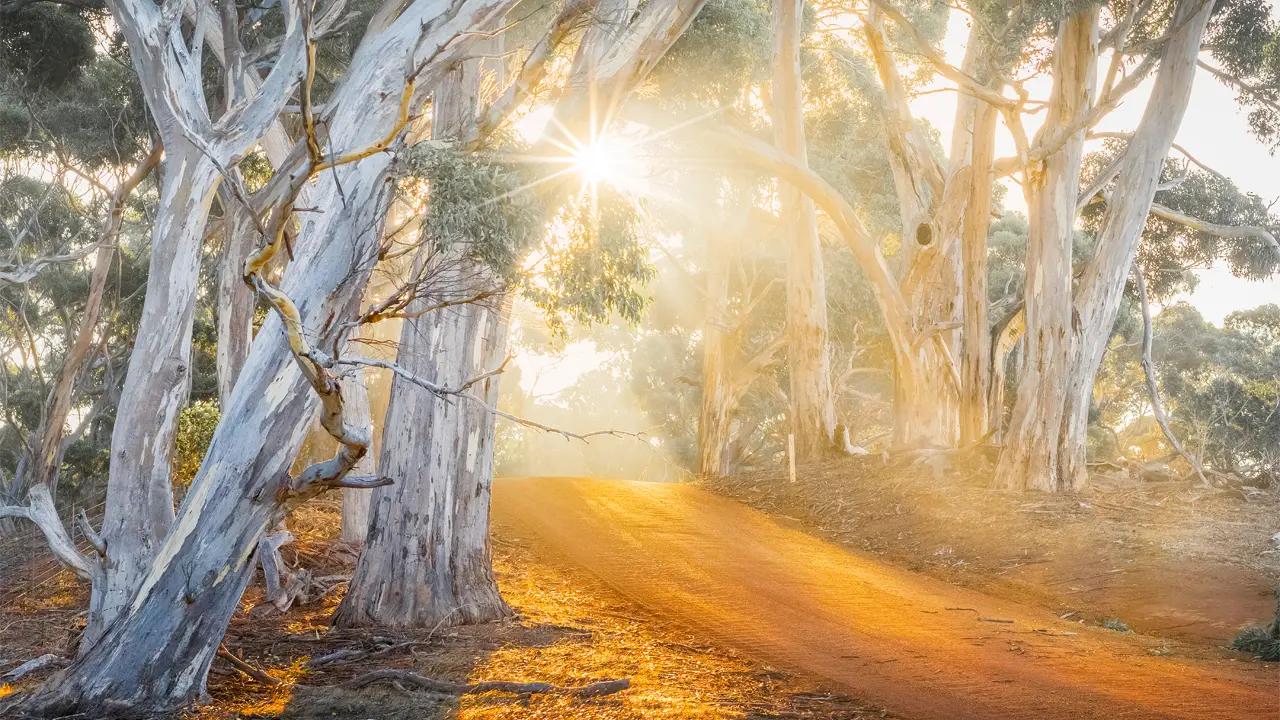The famed Channel Country is being restocked after years of drought, and locals are buoyant about getting back to what they do best – growing great beef.
Story By Mark Muller
Queensland's Channel Country, as with much of Australia, has been deep in drought for the better part of five years. Although renowned for the quality of its cattle and its ability to turn-off fine fat beasts, many of the properties in the area were de-stocked to let the dry country rest – part of sensible and responsible management. It’s a difficult thing to balance, but not impossible. It’s also difficult to keep an eye over the horizon when drought such as this holds the country in its grip. There is less money, less work and less joy. Nevertheless, drought is a part of life, and the tenacity to weather it is part of the strength of the people of the outback. Similarly, much of the strength of the country lies in its ability to rejuvenate when rain and flooding comes.
This is what happened in Queensland’s south-west when good rains fell in January – Bedourie experiencing falls of more than 200 millimetres. The ensuing flooding and further rains in February drenched the hungry earth and woke it from a dusty sleep. Once more the Channel Country burst into life, with feed thick on the ground and bird life flocking to its rivers, lakes and waterways.
By no means is the drought broken. The shires of Diamantina, Barcoo and Bulloo, which encompass the bulk of Queensland’s Channel Country, are still drought-declared, and have been since 2002. Not everyone received rain. But cattle have been steadily moving back into those areas that did get rain as pastoralists make use of the fresh feed. This rejuvenation of the land has lead to a rejuvenation of the spirit. Country that has been resting is now being used again. Cattle transporters are on the road, people are being gainfully employed and money is being spent to take advantage of the current circumstances.
Arrabury Pastoral Company is in many ways a microcosm of the region’s cattle industry. Owned by the Daley family, it comprises two substantial parcels of land in the Channel Country – the 5,500-square-kilometre Cluny Station on the outskirts of Bedourie and Mt Leonard Station, run as one with Arrabury Station, covering some 7600sq km wrapping around the north-east corner of South Australia. Essentially, the Daley family uses the Channel Country properties to grow out cattle bred in the Gulf, where they have their “calf-factory”, “Lotusvale”.
Garth Tully has lived on Cluny Station pretty much his entire life. He now manages the property for Arrabury Pastoral, which bought Cluny in 1992. Garth’s father managed it before him for the previous owners. Now Garth and wife Kathi’s son Patrick is also working there; their other son Shayne is at boarding school. All of them are happy for the water.
Garth is the sort of bloke prone to understatement. Still, driving along after a small mob of cattle recently brought down from the Gulf, there’s a relaxed air to him that belies the unavoidable strain of recent years, and speaks of rain-borne rejuvenation.
“I s’pose there’s nothing that you can put your finger on but it just lifts your spirits,” Garth says through a grin. “There’s a better feeling now that there’s been some rain when you go to a gathering,” he says. “People are saying how good the country looks. Before it was a bit depressing. Everybody was talking about how bad it was and having to move off cattle and how the cattle were doing it tough. Now people are talking about how good the cattle look.”
This story excerpt is from Issue #55
Outback Magazine: Oct/Nov 2007









